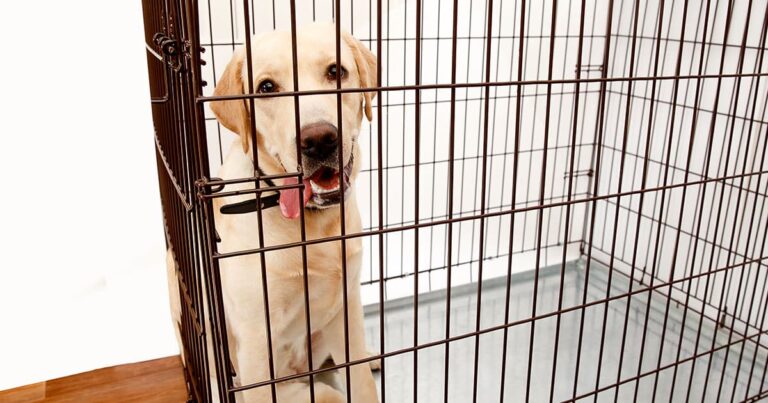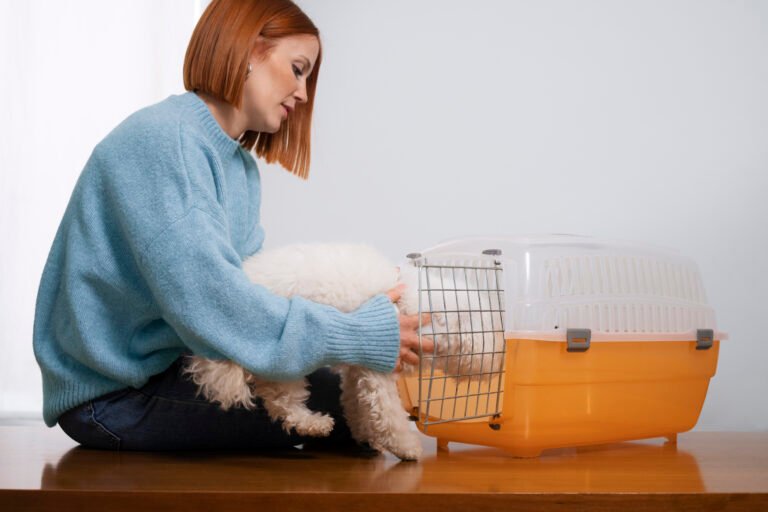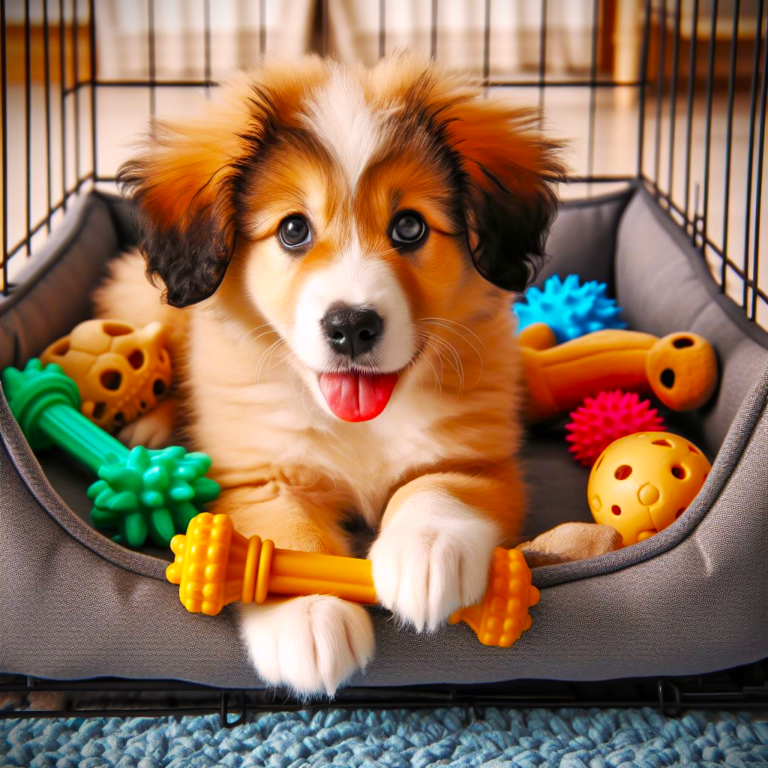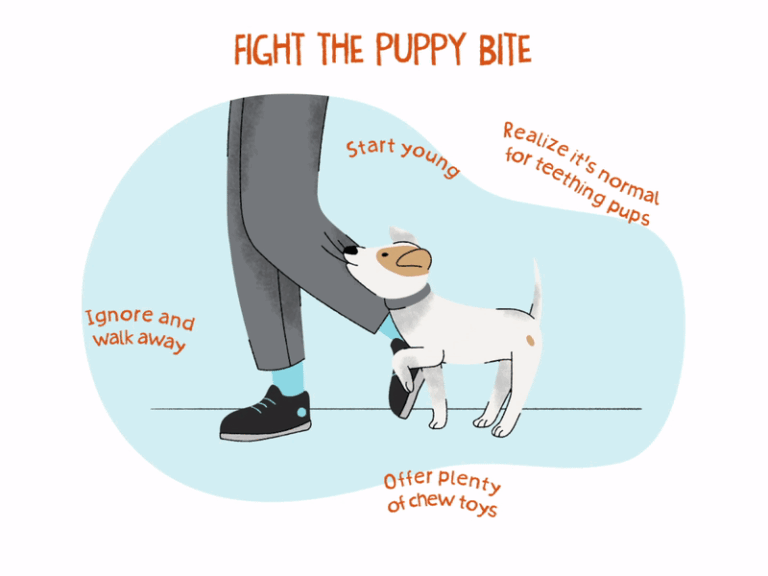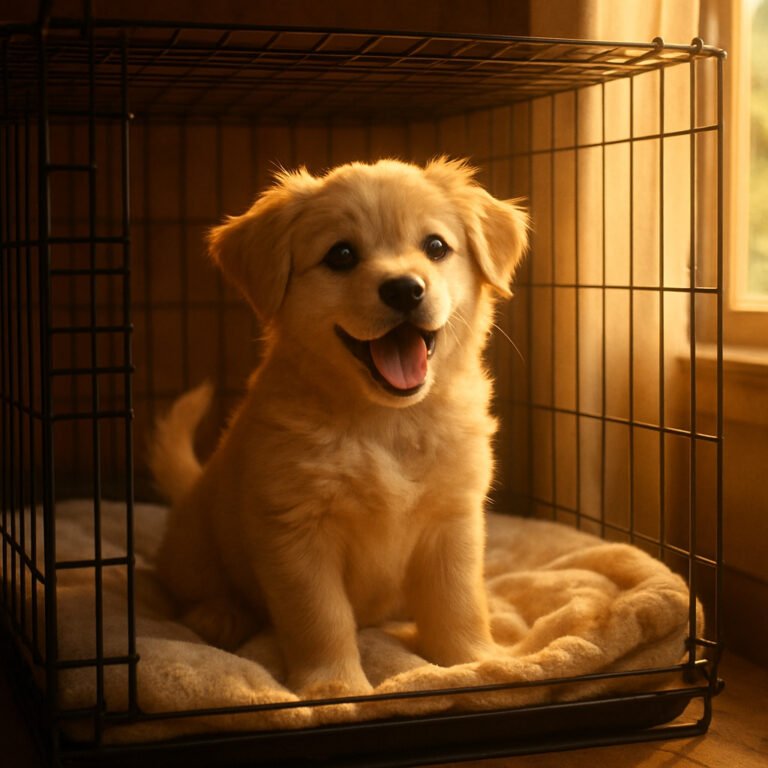Understanding Your Puppy’s Perspective
Understanding a puppy’s natural instincts is crucial in crate training. Puppies have an inherent den instinct, a carryover from their wild ancestors. This instinct makes small, enclosed spaces comforting for them, as they provide a sense of security and safety. By tapping into this natural inclination, we can help puppies adapt more readily to their new living environment.
A crate can act as a safe haven for your puppy. It serves as their personal space, where they can retreat from overstimulation or when they need some downtime. When appropriately introduced and used, a crate can reduce anxiety and provide your puppy with a familiar environment they learn to love and trust.
Selecting the Right Crate
Choosing the right crate for your puppy is vital for successful crate training. There are several types of crates, including wire, plastic, and soft-sided. Wire crates offer excellent ventilation and visibility, while plastic crates provide a cozy atmosphere. Soft-sided crates are lightweight and great for travel.
Size and comfort are key considerations when selecting a crate. The crate should be large enough for your puppy to stand, turn around, and lie down comfortably, but not so large that it becomes overwhelming. Adding soft bedding and a few chew-resistant toys can make the crate inviting, encouraging your puppy to see it as a welcoming space.
The location of the crate is just as critical. Place it in a room where the family spends time, so your puppy doesn’t feel isolated. Ensure it’s away from direct sunlight and drafts for optimal comfort.
Initial Crate Introduction
Introducing your puppy to the crate requires patience and positive reinforcement. Begin with open-door introductions, allowing your puppy to explore the crate at their own pace. Utilize positive associations by placing treats inside the crate, enticing them with rewards. Place a soft bed and a favorite toy inside to make it more inviting.
Be aware of your puppy’s cues and be patient. Avoid forcing the puppy into the crate, as this can create negative associations. Instead, encourage and praise them whenever they enter the crate voluntarily. With time and consistency, your puppy will develop a positive relationship with their crate.
Games and Exercises for Crate Training
Game 1: The Treat Toss Game
The Treat Toss Game is an excellent way to build a positive perception of the crate. Begin by tossing small, tasty treats into the crate, encouraging your puppy to go in and retrieve them. This simple game reinforces the idea that entering the crate leads to pleasant experiences.
By repeating this game regularly, you’ll create an enjoyable routine, gradually reducing any apprehension your puppy might have. Over time, your puppy will associate the crate with rewards and excitement.
Game 2: Hide and Seek with the Crate
Hide and Seek with the Crate is a fantastic exercise to foster curiosity and excitement. Start by having your puppy in the room while hiding treats inside the crate. Encourage them to find and retrieve the treat by approaching and entering the crate.
This game can turn crate time into a fun experience, building anticipation and enthusiasm. Repeated play will help your puppy view the crate as an area of fun and exploration.
Game 3: Crate Time with a Puzzle Toy
Incorporating puzzle toys into crate time can promote independent play. Select engaging toys that can hold treats or kibble, providing mental stimulation while your puppy is in the crate.
Puzzle toys keep your puppy entertained and help them form a positive connection with the crate. They encourage problem-solving and can occupy them, reinforcing the idea that the crate is an enjoyable place to be.
Developing a Routine
Establishing a consistent crate schedule is essential for long-term success. Develop a routine that balances crate time with other activities, such as play and exercise. Puppies thrive on consistency, and a predictable schedule will help them feel secure.
Monitor your puppy’s progress and adjust the routine as needed. As they become more comfortable, gradually increase the duration of crate time. Pay attention to their reactions and be flexible to meet their evolving needs.

Troubleshooting Common Issues
Addressing common issues promptly can prevent negative associations with the crate. If your puppy shows initial resistance or fear, go back to basics, using treats and rewards to create positive experiences.
Whimpering or barking in the crate can be a challenge. Ensure your puppy’s needs, such as bathroom breaks and exercise, are met before crating. Gradually increase crate time, starting with short durations and slowly extending them as your puppy becomes more comfortable. For separation anxiety, seek guidance from a professional trainer or behaviorist.
Long-Term Benefits of Crate Training
Crate training yields long-term benefits in behavior management. According to the American Kennel Club, it helps puppies learn bladder control and establishes boundaries, contributing to overall obedience and discipline. Crate training also ensures safety during travel, providing a secure space for your puppy in vehicles and planes.
Additionally, a crate provides lifelong comfort and security. As your puppy matures, the crate remains a familiar environment where they can relax and feel at ease. It helps form positive habits and fosters a sense of independence and confidence.
Conclusion
Crate training your puppy can be a rewarding experience with the right approach and mindset. By following these strategies and employing patience and consistency, you’ll build a positive association between your puppy and their crate. Remember, the crate is not a punishment but a safe and comforting space. With time, your puppy will not only love their crate but also benefit from the security and comfort it provides. As renowned dog trainer Cesar Millan says, “A dog crate is not a jail; it’s a place to keep your dog safe while allowing you peace of mind.” Keep this perspective, and you’ll pave the way for a successful crate training journey. 🐾# FAQ: Teaching Your Puppy to Love Their Crate
How long does it typically take for a puppy to adjust to crate training?
Adjusting to crate training can vary widely depending on the individual puppy and their previous experiences. Generally, it may take anywhere from a few days to several weeks for a puppy to become fully comfortable with their crate. Patience and consistency are key. Start with short periods and gradually increase the time as your puppy shows signs of comfort and ease.
Is it okay to crate my puppy at night?
Yes, crating your puppy at night can be beneficial for both the puppy and the owner. It helps establish a nighttime routine and can prevent destructive behavior. Ensure your puppy has had adequate exercise and bathroom breaks before bedtime, and place the crate in a location where they can feel secure and close to family members to reduce anxiety.
How can I make my puppy’s crate more comfortable?
Ensuring your puppy’s crate is a welcoming environment is essential for successful crate training. Start by adding a soft, chew-resistant bed or blanket. Chew-friendly toys and safe bones can also increase comfort and keep your puppy occupied. Different pups have different preferences, so observe your puppy’s habits to adjust the crate’s setup accordingly.
What should I do if my puppy cries in the crate?
Crying or whining in the crate can be distressing, but it’s important to avoid reinforcing the behavior by letting the puppy out immediately. Instead, make sure all their needs are met first, like bathroom breaks and hunger. Increase crate comfort with favorite toys and allow them to settle on their own. Gradually extend crate time, offering praise and rewards when they stop crying to create positive associations.
Can crate training help with housebreaking or potty training?
Yes, crate training is an effective tool for potty training. Dogs naturally avoid soiling their sleeping area, so a properly sized crate can help teach bladder control. Take your puppy outside immediately after they leave the crate to encourage them to relieve themselves, reinforcing the connection between outdoor elimination and praise.
Are there any dogs that shouldn’t be crate trained?
While most dogs can benefit from crate training, puppies with severe anxiety or negative past experiences with confinement may struggle with it. These situations may require gradual desensitization and expert guidance from a professional trainer or behaviorist. Always prioritize the well-being and emotional state of your dog, focusing on positive reinforcement at their own pace.
How do I maintain crate training progress as my puppy grows?
Monitoring and adjusting crate training as your puppy grows is vital. A larger crate or divider might be needed as your dog increases in size, and the training routine may need updates. Continue to make the crate a positive place by introducing new toys or treats and maintaining a consistent routine to reinforce the crate’s role as a safe haven.


